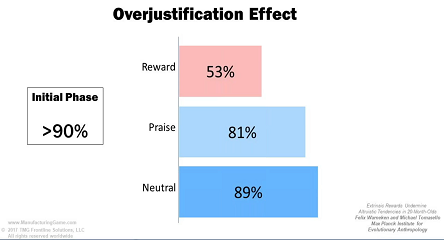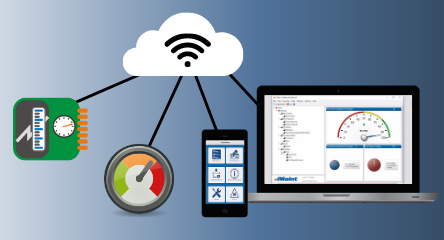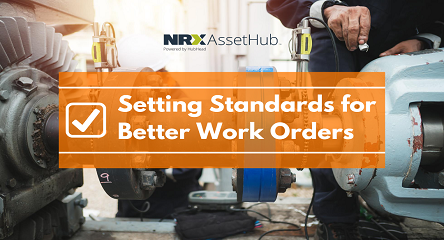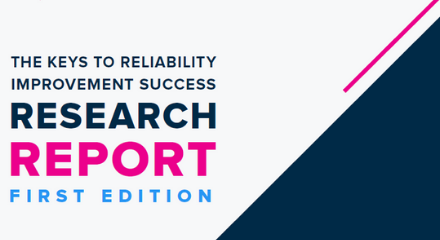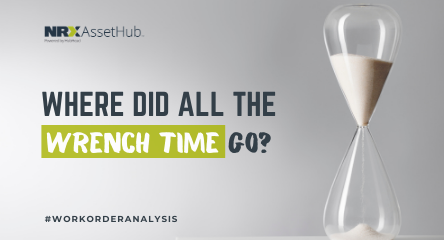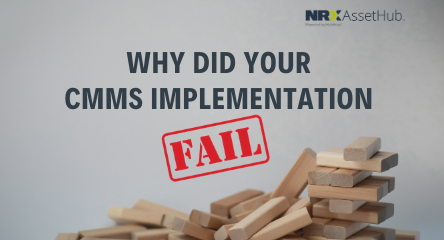Two Minute Tips
Setting Standards for Better Work Orders
As we’ve discussed again and again on this blog, data standardization creates a consistent naming and classifying convention for your EAM or CMMS system data. The purpose of setting and enforcing standards is to create a shared understanding of the operations that are carried out within an asset-intensive business, including who these operations are carried out by, where they’re carried out, and what resources are used to complete certain tasks. When it comes to standardization, work orders are no different from other documents or data entries in an asset-management system, and using a set of conventions to organize how data is documented is helpful for creating a shared understanding of the information within work orders. So, what happens to work orders when an asset-intensive business has no work order standardization?
Weak standards make for weaker work orders
Every business may format their work orders slightly differently, but ideally these work orders follow a consistent and identical format across multiple maintenance locations or departments within each business itself. There are multiple fields within a work order where a difference in standards or conventions can cause some confusion. For instance, two different plants may not use the same failure codes to indicate an issue with a piece of equipment. While the problem may be the same, on paper it may appear differently. Similarly, hierarchies for indicating how critical a process or piece of equipment is, or criticality indicators that classify the business and safety criticality of an asset may be recorded differently depending on the part of the business that is documenting them.

The drawbacks of such inconsistent documentation is twofold: communicating about work orders across different locations or business units becomes more challenging, and analyzing the efficiency of your maintenance work becomes a huge undertaking. How can two different units efficiently exchange information about a piece of equipment in need of repair when they aren’t using the same language for it? How can a team reliably report on the class of assets that needs the most maintenance when not everyone is classifying their assets the same way? Because of issues like these, standardization is a great first step to creating data that’s fit for evaluation. In turn, this can help you discover weaknesses in your work orders or maintenance operations that your business can act upon to improve.
Analysis leads to insight, insight leads to action
The biggest benefit to work order standardization is its ability to help you analyze your work orders and take steps towards improving them. Equipped with this knowledge to make positive changes, different departments across your organization can carry out more efficient and inexpensive maintenance processes. If you’re interested in learning more about the ways that work order analysis leads to taking action, try reading one of our resources below, or book a demo with us to see how NRX can help you better understand your work orders!
